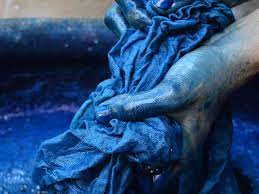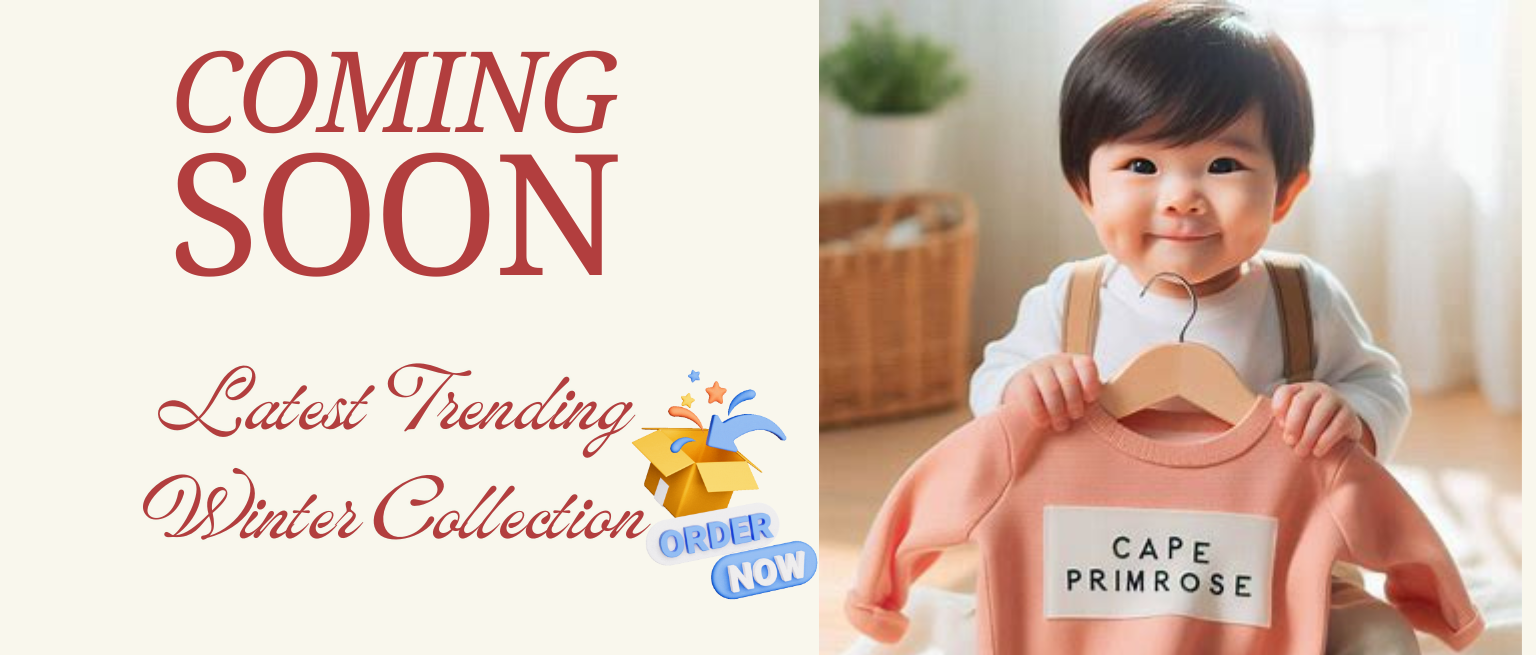Your cart is currently empty!


It is true that certain hazardous materials/chemicals, such as per and poly-fluoroalkyl substances (PFAS), have been found in various consumer products, including textiles. PFAS are known as “forever chemicals” because they are persistent in the environment and can accumulate in the human body over time. These chemicals have been linked to various health concerns, including potential developmental and reproductive effects.

Manufacturing of Kid’s clothing with Hazardous chemicals
To mitigate the risk of exposure to hazardous chemicals in children’s clothing, here are some general tips you can follow:
- Look for trusted certifications: Choose clothing items certified as free from hazardous material by reputable organizations, such as OEKO-TEX® Standard 100 or Global Organic Textile Standard (GOTS). These certifications ensure that the textiles meet strict safety and environmental criteria.
- Read labels and descriptions: Check the titles and descriptions of clothing items for any indications of chemical treatments, such as waterproofing or stain resistance. Avoid products that explicitly mention using PFAS or other potentially hazardous materials.
- Opt for natural and organic materials: Choose clothing made from natural fibers, such as organic cotton, hemp, or linen. These materials are generally less likely to contain harmful chemicals compared to synthetic fabrics like polyester or nylon.
- Wash clothes before use: Washing new clothes before your child wears them can help remove any residual chemicals or dyes that might be present in the manufacturing process.
- Avoid unnecessary treatments: Avoid clothing items with chemical treatments, such as anti-wrinkle, flame-retardant, or antimicrobial finishes. These treatments often involve the use of chemicals that may pose risks.
- Support sustainable and ethical brands: Look for brands prioritizing sustainability, transparency, and ethical manufacturing practices.

The use of hazardous chemicals in the manufacturing of kids’ clothing is highly regulated in many countries to ensure the safety of children.
One example is the use of lead-based dyes or pigments. Lead can be toxic if ingested or inhaled, and it poses a particular risk to children due to their developing bodies.
Regulations such as the Consumer Product Safety Improvement Act (CPSIA) in the United States have set limits on the amount of lead allowed in children’s products, including clothing.
Other potentially hazardous chemicals that have been restricted or regulated in children’s clothing include certain phthalates, which are used in plasticizers, and azo dyes, which can release aromatic amines, some of which are known to be carcinogenic.
Tips for selection of clothing for Kids avoiding hazardous chemical manufactured clothes:
When selecting clothing for kids and aiming to avoid hazardous chemical-manufactured clothes, here are some tips to consider:
- Look for trusted brands: Choose clothing from reputable brands that have a good track record for safety and quality. Well-known brands often have stricter quality control measures in place.
- Check for certifications: Look for clothing that has been certified by recognized standards, such as Oeko-Tex Standard 100. This certification ensures that the textile has been tested for harmful substances and is safe for use.
- Read labels and product descriptions: Pay attention to labels and product descriptions, as they may indicate if the clothing is free from certain chemicals. Look for terms like “non-toxic,” “chemical-free,” or “organic.”
- Opt for natural fibers: Choose clothing made from natural fibers like organic cotton, bamboo, or linen. These fabrics are generally considered safer and less likely to contain harmful chemicals compared to synthetic materials.
- Avoid wrinkle-free and stain-resistant treatments: Some clothing may be treated with chemicals to make them wrinkle-free or stain-resistant. These treatments often involve the use of potentially hazardous substances, so it’s best to avoid them.
- Wash before wearing: Before your child wears new clothing items, it’s a good practice to wash them.
- Stay informed: Keep up with consumer safety news and updates related to children’s clothing. Stay informed about recalls or alerts issued by consumer protection agencies to ensure you are aware of any potential hazards.
- Consider second-hand clothing: Second-hand clothing has typically undergone multiple washes and may have reduced chemical residues.
Remember that while these tips can help minimize the risk of hazardous chemicals in kids’ clothing, it’s impossible to guarantee complete elimination. Staying informed and being mindful of the choices.










Leave a Reply